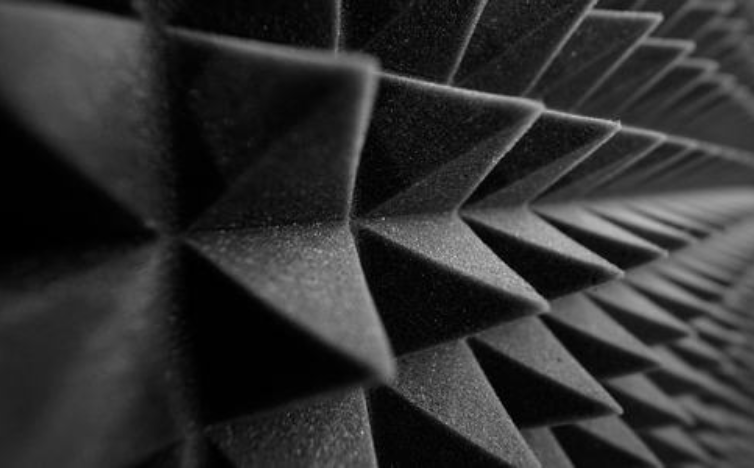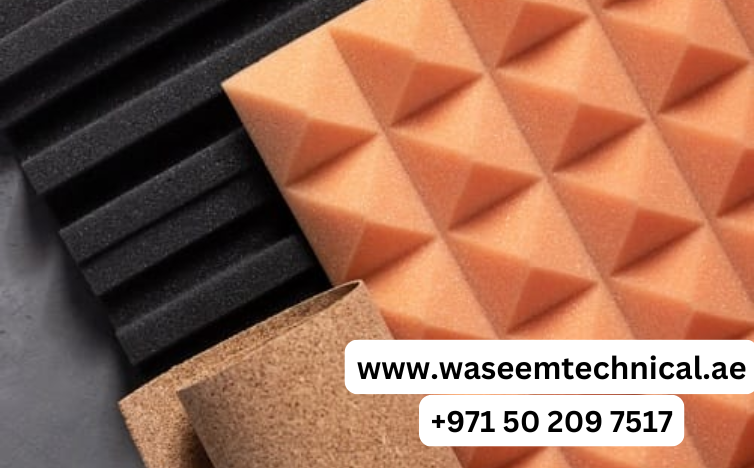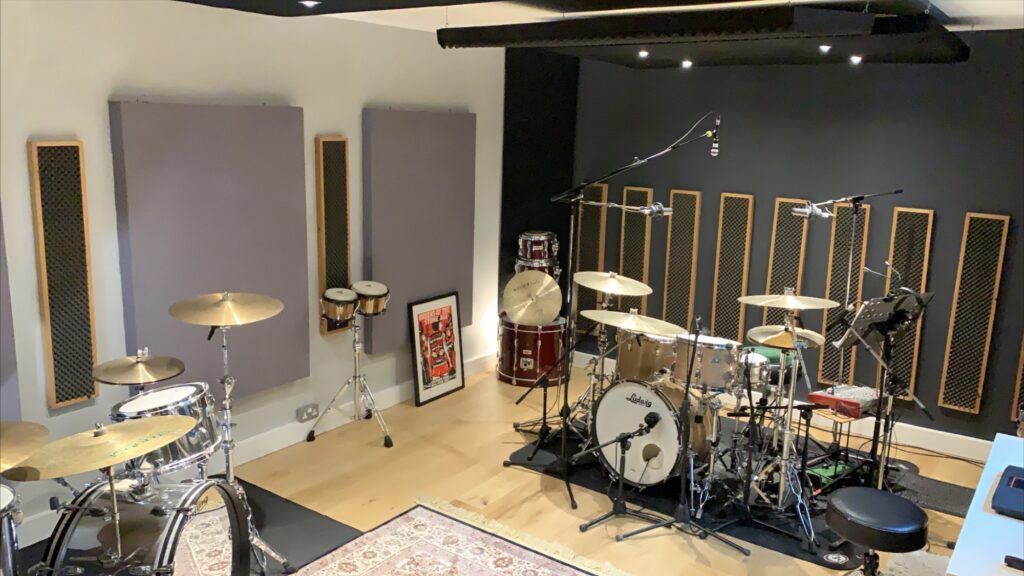The thickness of acoustic foam panels plays a crucial role in their ability to absorb sound. Thicker panels generally provide better noise reduction, especially for low-frequency sounds like bass and rumbles. Understanding how acoustic foam thickness affects performance helps in choosing the right foam for studios, home theaters, and offices.
How Thickness Influences Sound Absorption
Thicker foam panels (2″ to 4″ or more) absorb lower frequencies more effectively because they allow sound waves to travel deeper into the material, where energy dissipates as heat. Thinner foam (1″ or less) mainly absorbs high-frequency sounds but struggles with bass.

Key Effects of Thickness:
- Low-Frequency Absorption – Thicker foam (3″+) reduces bass and vibrations.
- Mid/High-Frequency Absorption – Thinner foam (1″-2″) handles voices and treble well.
- Placement & Air Gap – Adding space behind thin foam improves low-end absorption.
Choosing the Right Thickness for Your Needs
- Recording Studios & Home Theaters – 3″ to 4″ foam for full-range absorption.
- Podcast & Vocal Booths – 2″ foam for clear speech without excessive bass buildup.
- Office & Light Noise Control – 1″ foam for reducing echoes and high-frequency noise.
Call us: Contact Waseem Technical Soundproofing Expert in Dubai For Soundproofing: +971 50 209 7517
Conclusion
Thicker acoustic foam absorbs a wider range of frequencies, especially bass, while thinner foam works best for high-end noise control. Selecting the right thickness ensures optimal soundproofing for any space.




